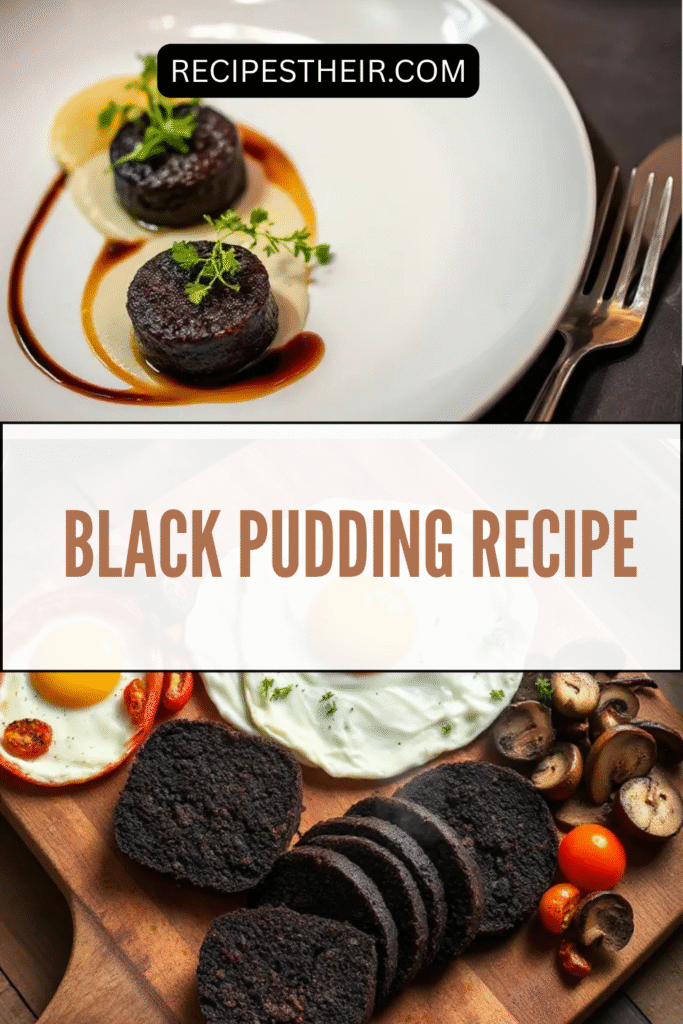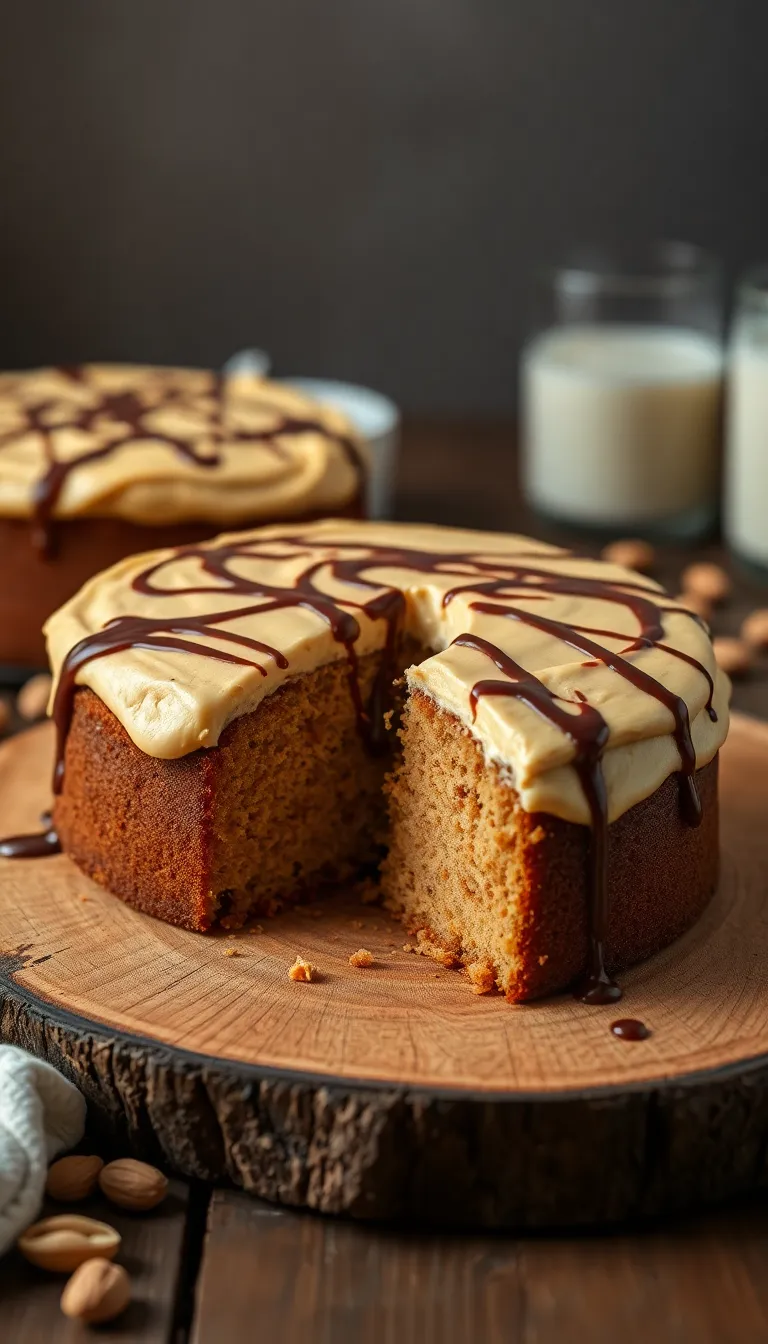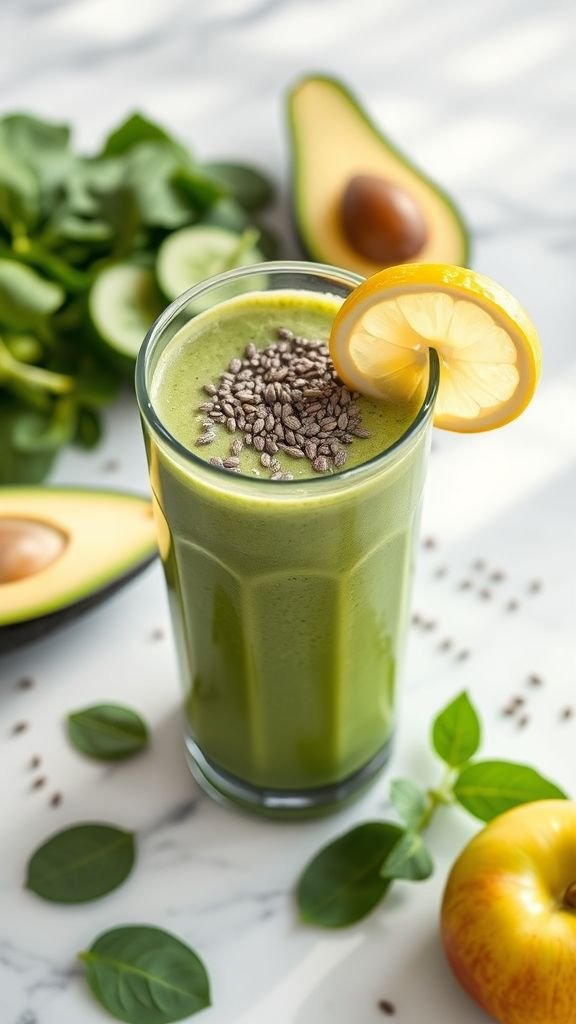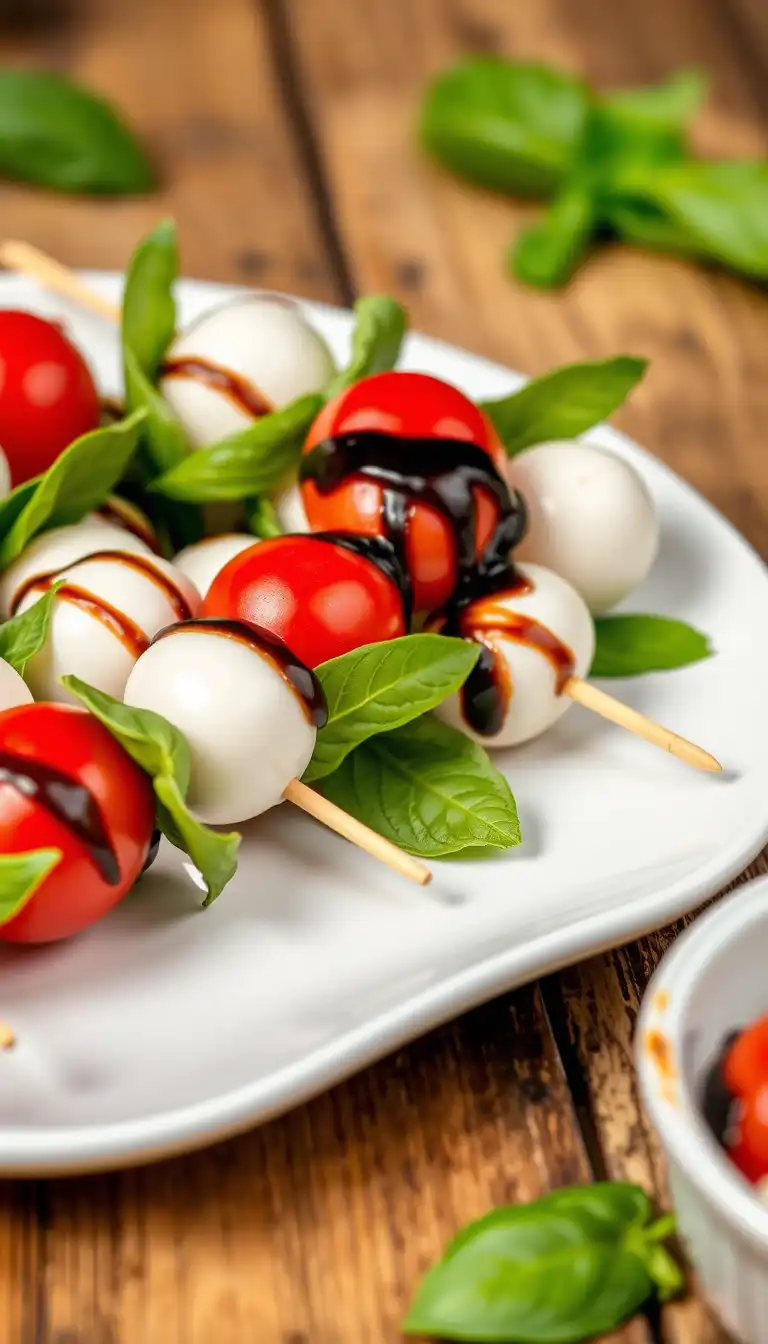Traditional Black Pudding Recipe: A Hearty Irish Breakfast Staple
If you’re looking to recreate a classic full Irish or English breakfast at home, one ingredient you can’t skip is black pudding. This savory, iron-rich sausage has deep roots in Irish and British culinary tradition and is often misunderstood by those unfamiliar with its rich flavor and nourishing ingredients. In this article, you’ll discover a step-by-step black pudding recipe, along with its origins, health benefits, and serving suggestions.

What Is Black Pudding?

Black pudding is a type of blood sausage made primarily from pork blood, fat, and a filler such as oatmeal or barley. It has a firm texture and is seasoned with spices like pepper, allspice, and thyme. Despite its name, black pudding is not sweet—it’s a savory, earthy sausage that’s pan-fried and often served with eggs, toast, and beans.
Though it may seem unconventional to some, black pudding is celebrated in the UK and Ireland for its rich flavor and nutritional value, especially as a good source of iron and protein.
Is It Difficult to Make Black Pudding at Home?
While black pudding is widely available in supermarkets and butcher shops across the UK and Ireland, making it from scratch gives you complete control over the ingredients and seasoning. It does take a bit of preparation, but the results are deeply rewarding.
The most traditional black pudding recipe calls for fresh pig’s blood, though many home cooks now use dried blood powder as a more accessible alternative. Both options can deliver authentic results.
Traditional Black Pudding Recipe

Ingredients:
- 1 quart (about 1 liter) fresh pig’s blood (or 10–12 tablespoons dried blood powder + 1 quart water)
- 1½ cups steel-cut oats (pinhead oatmeal)
- ½ cup pork fat or back fat, finely diced
- 1 large onion, finely chopped
- 1½ teaspoons salt
- 1 teaspoon ground black pepper
- ½ teaspoon allspice
- ½ teaspoon dried thyme
- Optional: pinch of nutmeg or cloves for warmth
- Sausage casings (natural hog casings or synthetic)
- Butter or oil for frying
Equipment You’ll Need:
- Large mixing bowl
- Frying pan
- Sausage funnel or piping bag (for stuffing)
- String or butcher’s twine
- Large stockpot
Instructions:
Step 1: Prepare the Oats
Place the steel-cut oats in a heatproof bowl. Pour boiling water over them just enough to cover and let them soak for 1 hour. Drain and allow to cool slightly.
Step 2: Cook the Onion and Fat
In a frying pan, melt a tablespoon of butter or oil and gently sauté the chopped onion and pork fat until soft but not browned. Allow to cool before mixing with the other ingredients.
Step 3: Combine the Ingredients
In a large bowl, combine the pig’s blood (or reconstituted dried blood) with the soaked oats, cooked onion and fat, and seasonings. Stir well until fully blended. The mixture should be thick but pourable—like a very dense pancake batter.
Step 4: Fill the Casings
Rinse and soak your sausage casings as per the package instructions. Using a sausage stuffer or funnel, fill the casings with the blood mixture, tying them off into 6- to 8-inch lengths. Be careful not to overfill—leave some space for expansion during cooking.
Step 5: Simmer the Black Pudding
Bring a large pot of water to a gentle simmer, not a boil. Carefully lower the sausages into the water and poach them for about 30 minutes. Do not let the water boil, or the casings may burst.
Once cooked, remove the black puddings and let them cool. They can be stored in the refrigerator for up to a week or frozen for longer storage.
How to Cook Black Pudding
To enjoy your homemade black pudding at its best, slice it into ½-inch rounds and pan-fry it in a little oil or butter until the outside is crispy and the inside is heated through (about 3–4 minutes per side).
You can also bake black pudding in the oven at 350°F (175°C) for 10–15 minutes, though pan-frying delivers the best texture and flavor.
Black Pudding Serving Suggestions
Traditionally, black pudding is a staple of the full Irish or English breakfast, served alongside:
- Fried or scrambled eggs
- Sausages
- Baked beans
- Grilled tomatoes
- Toast or soda bread
- Fried mushrooms
But black pudding also shines in modern dishes like:
- Black pudding and apple salad – Crumble and sauté the pudding, then toss with arugula, sliced apples, and a mustard vinaigrette.
- Black pudding scotch eggs – Wrap a boiled egg in a mixture of sausage and black pudding, then bread and fry.
- Black pudding mash – Mix crumbled black pudding into creamy mashed potatoes for a rich, savory twist.
Nutritional Value of Black Pudding
Black pudding is high in protein and an excellent source of iron, making it a good choice for those with iron deficiencies. Here’s an approximate breakdown per 100g:
- Calories: 290
- Protein: 14g
- Fat: 22g
- Carbohydrates: 8g
- Iron: Up to 12mg (about 67% of daily intake)
However, due to its fat and sodium content, black pudding is best enjoyed in moderation as part of a balanced diet.
Frequently Asked Questions
Can I make black pudding without blood?
Yes, there are vegetarian and vegan versions of black pudding made with beetroot, mushrooms, and spices that mimic the flavor and texture. However, for a traditional result, blood is essential.
Where can I buy pig’s blood?
Some specialty butchers or ethnic markets may carry fresh pig’s blood. Alternatively, dried blood powder is available online and is easier to store and handle.
Can I freeze homemade black pudding?
Absolutely. Once cooled, wrap the sausages individually and freeze for up to 3 months. Thaw in the refrigerator before slicing and frying.
Final Thoughts: Is Homemade Black Pudding Worth It?
Making black pudding at home is a labor of love—but if you’re a fan of traditional Irish or British cooking, it’s well worth the effort. Not only do you get to control the quality of your ingredients, but you’ll also be reviving a cherished old-world culinary tradition.
Whether you’re preparing it for a hearty weekend brunch, experimenting with gourmet recipes, or simply exploring new flavors, this black pudding recipe is sure to impress.





